
I watched the 2017 version of Beauty and the Beast recently with some friends of mine. Being the music nerd I am, the film got me thinking about its theme song. The more I studied it, the more my admiration for it grew.
Alan Menken’s music is straightforwardly diatonic and repetitive, but that simplicity disguises the Classical thought that underpins it. What makes this song deeper than your average pop tune?
Read on.
Continue reading


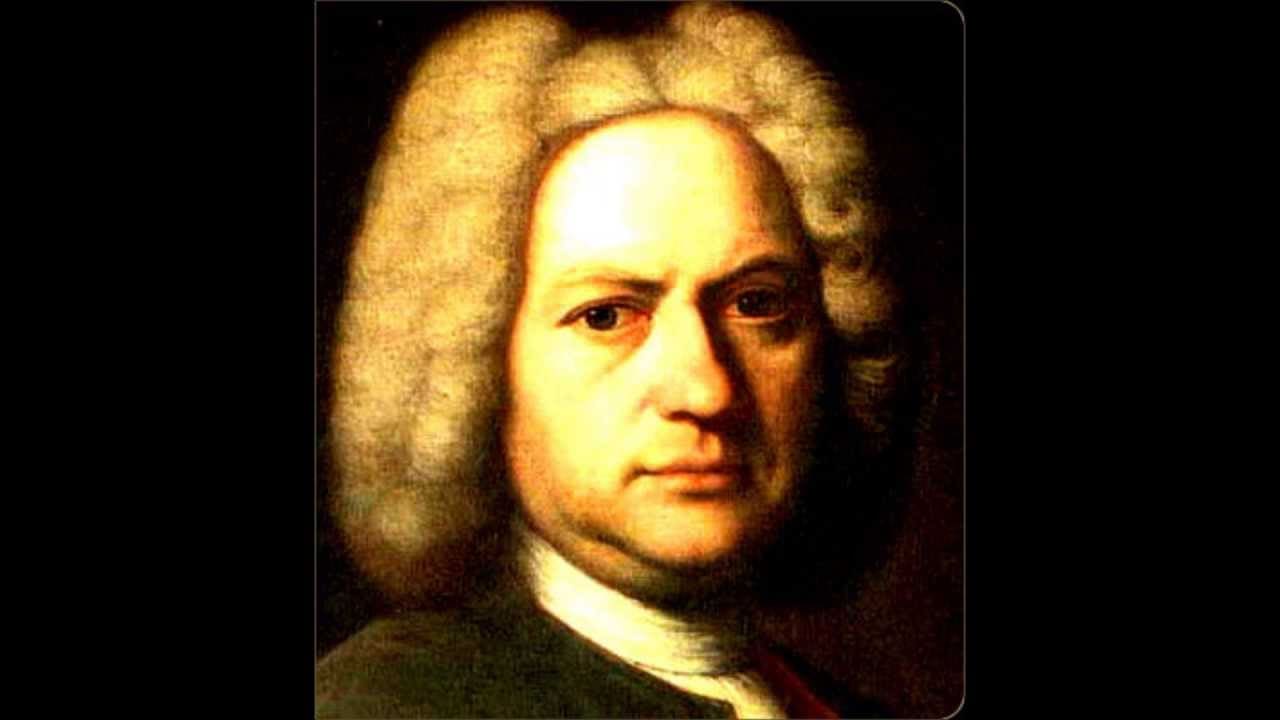
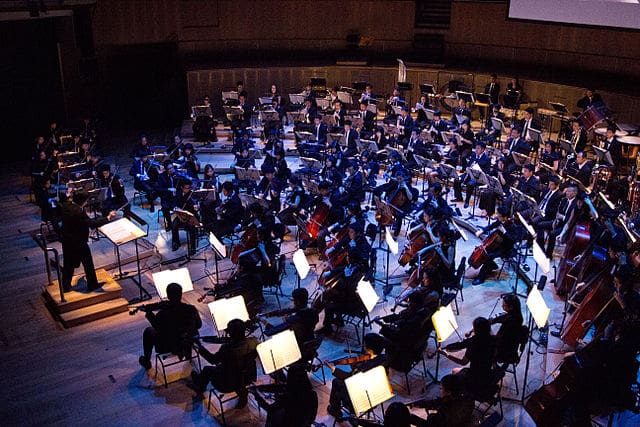


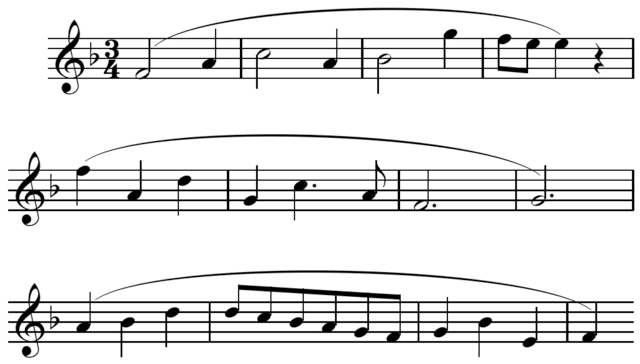

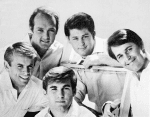

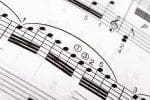
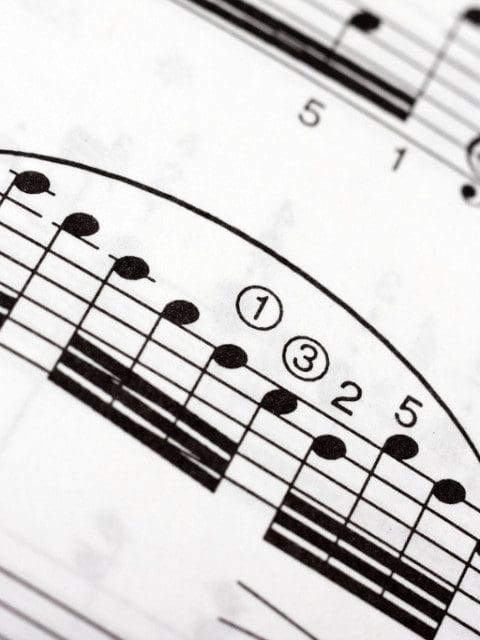 Many people say melody — the foreground sequence of pitches — is an essential part of music, but
Many people say melody — the foreground sequence of pitches — is an essential part of music, but 